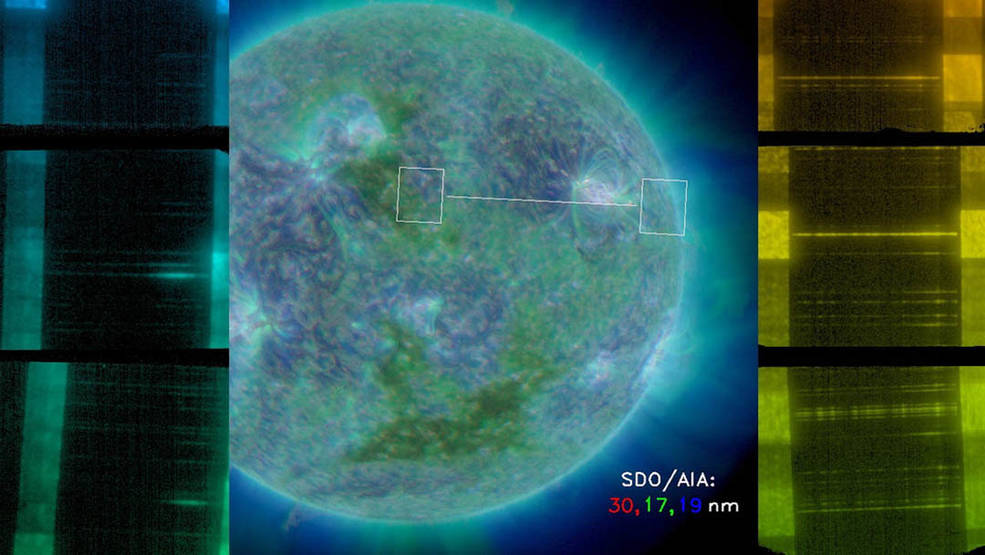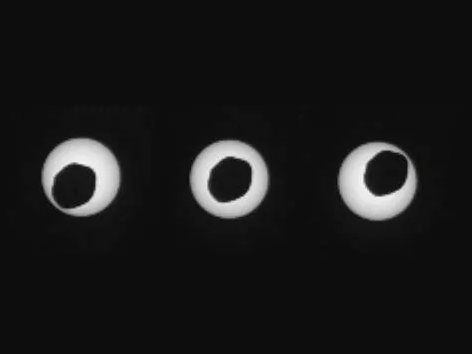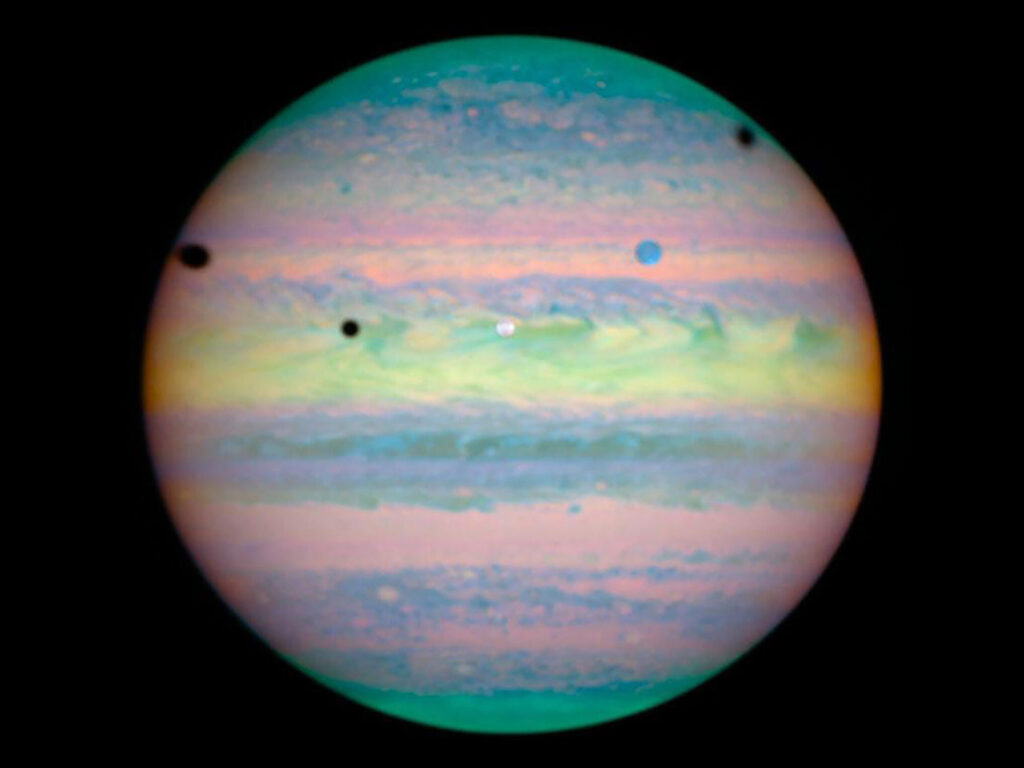The diamond-ring effect on the 2017 eclipse. Image Credits: Carla Thomas, NASA
Why is the solar corona so much hotter than the surface of the Sun?
As discussed in our solar corona page, the outer atmosphere of the sun, the corona, is up to 300 times hotter than the actual surface of the Sun. So why is this? Despite not having a clear answer, scientists do have some theories. Jim Klimchuk, Goddard Space Flight Center, Greenbelt, Maryland, who works for NASA, suggests that regular, small explosions he calls ‘nanoflares’ may be responsible for the rise is temperature. These explosions are measured as even hotter than the temperature of the corona and could be responsible for the increased temperature.
This is also an active topic of research within the Solar and Magnetospheric Theory Group at the University of St Andrews. If you’d like to read more about solar research at St Andrews and how the study of solar eclipses help with that research, you can find a summary here.

Do other planets experience solar eclipses?
Is the Earth the only planet in the Solar System to experience solar eclipses? We might think it is a phenomena that is unique to our planet, but this is actually not the case. As we know from our experience on Earth, an Eclipse occurs when the moon (or in fact any moon!) obstructs the Sun’s light from reaching the face of the planet. This can happen all across the Solar system as natural satellites (Moons) are by no means unique to the Earth.

